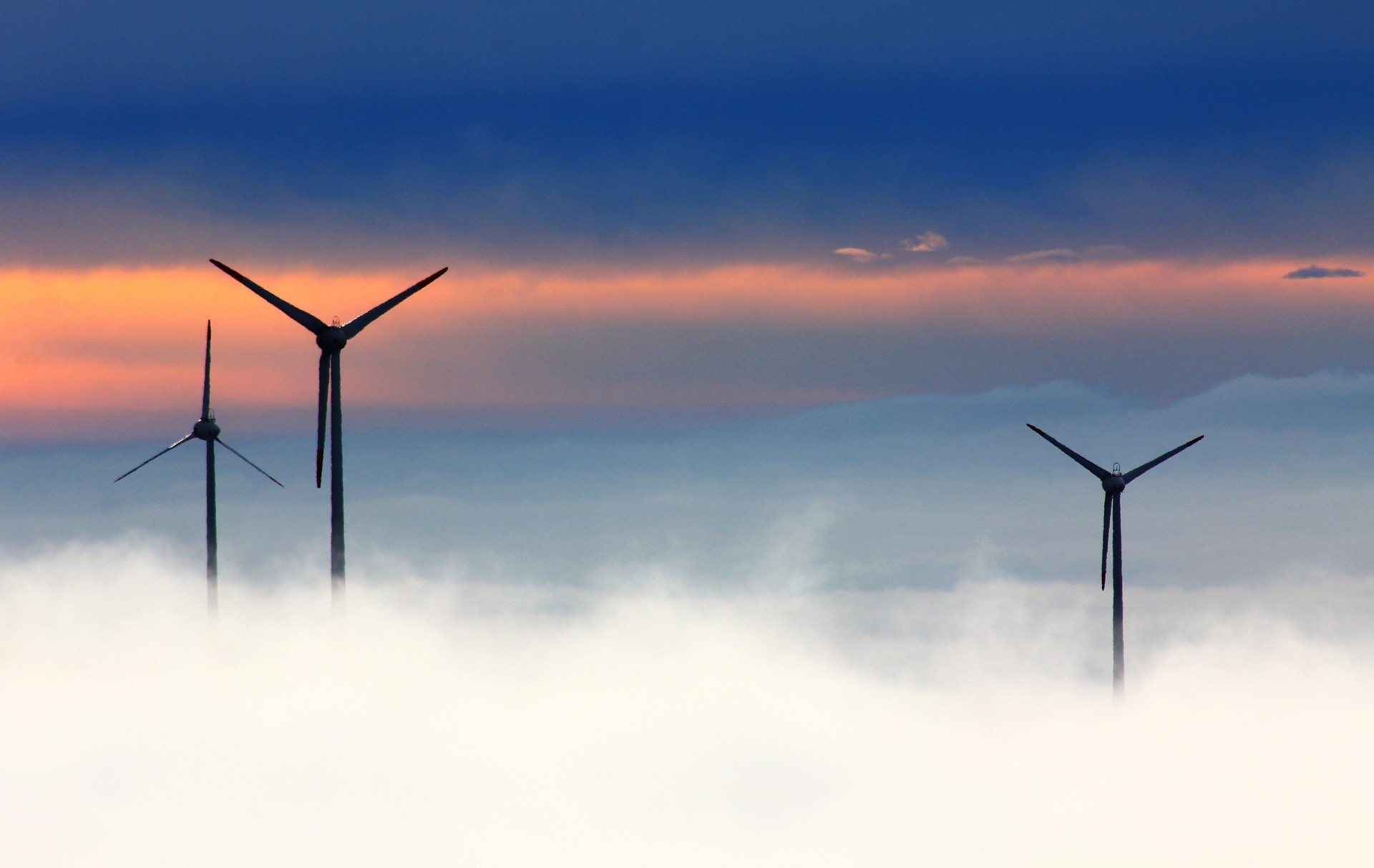S&P Dow Jones Indices (SPDJI) has provided further details on potential changes to its clean energy index following a consultation with market participants last December.
The index provider has subsequently re-opened the consultation following feedback from market participants.
SPDJI is looking to introduce changes to the S&P Global Clean Energy index in order to reduce constituent concentration, ease liquidity limitations, and improve index replication.
The key changes will be to the stock weighting system which currently limits single constituents to a 4.5% weighting.
According to research conducted by Société Générale, the 4.5% cap has led to a natural bias towards small sized companies in the index meaning the huge inflows seen in recent times could lead to selling pressure during a rebalance.
In order to address this issue, SPDJI is proposing this be changed so each constituent is capped at 9% or a multiple of the stock’s liquidity weight but the total weight of all stocks greater than 4.5% cannot exceed 40%.
The index provider is also looking to increase the index’s total holdings to a minimum of 35, up from 30.
Furthermore, to qualify for inclusion from a liquidity perspective, the index will utilise a six-month median daily value traded (MDVT) instead of the current three-month average daily value traded (ADVT) screen and each stock must have an MDVT of at least $3m.
“This proposal aims to apply a more rigorous liquidity screen in order to diminish the effect of random spikes and outliers on the liquidity measure,” SPDJI added.
Clean energy ETFs are a painful reminder of the costs of investing too early
In terms of changes to the rebalancing schedule, the semi-annual rebalance will occur along with quarterly reweightings which did not exist previously.
SPDJI will implement the proposed changes before the next rebalance which takes place on 19 April.
Investors have piled into clean energy ETFs tracking this index. For example, the iShares Global Clean Energy UCITS ETF (INRG) saw inflows of nearly $3bn last year, the third highest across all European-listed ETFs.



